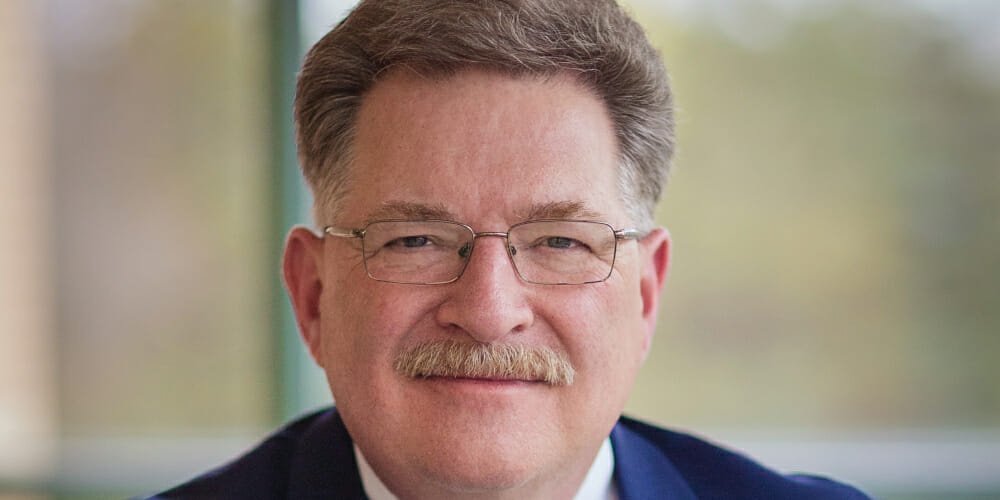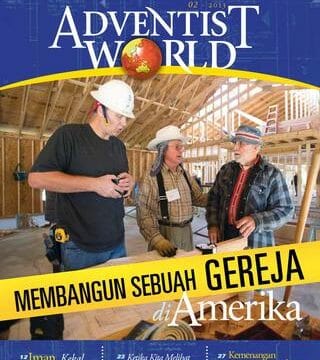“The light shines in the darkness, and the darkness did not overcome it”

They smile at me from family newsletters, Christmas cards, and Facebook posts—all reaching out to celebrate some joy, some moment when the light has overcome the darkness.
Graduations; firstborn children (or grandchildren); marriages; new jobs—each post or letter seeks to move the circle of delight beyond the ones who first experienced it. We smile at the photo of the 4-year old with frosting in his hair—as well as at the image of the svelte young couple posing by the seaside on their wedding day.
All of these are life-affirming moments when the happiness of others quickly, subtly becomes our own. And they are easy, simple—part of the social tapestry that ties us to the ones so dear to us.
But what does “life-affirming” mean when days are dark and choices hard—when couples wrestle with infertility; when those who have lived fourscore or more age into inconsistent memory or struggle with disease? What does it mean to be a people of hope when mosques are blown apart by hate, when violence invades a market, when families grieve a senseless, unexpected loss?
These are the real moments that test the viability of our faith— not just when times are good and skies are blue, when grandchildren make us laugh or weddings remind us of young love—but when we or our neighbors find ourselves like “the people who sat in darkness” (Matt. 4:16). Are we the modern-day “light-bearers”—the followers of Jesus who both illustrate and announce that “in Him was life, and the life was the light of all people”? (John 1:4, NRSV).*
To be a life-affirming movement, we must make our causes and commitments clear. We stand for life—preborn; for children everywhere, not just our own; for teens who search for space in a torn, confusing world; for marriages, both old and young; for those who age and struggle with their health and with their memories. We dare not settle for only things that easily amuse us or pull spontaneous laughter from our souls. Affirming life and light will always be hard work in a world engulfed with death and darkness.
And so we make Christ’s story emblematic of our own. “The light shines in the darkness, and the darkness did not overcome it” (verse 5, NRSV). The life—the Light—whom all the forces of this present darkness sought to overcome and overwhelm emerged still shining, radiant, full of grace and truth. He drained the bitter cup of life-defy- ing pain and still announced that His will be the everlasting kingdom.
“Resilience” is our watchword: “resurrection” is our theme. We preach the everlasting gospel—the good news that still heals the broken; comforts the grieving; lifts the fallen; and stands for kingdom values until His kingdom fully, finally arrives.
The church I want to belong to is . . . life-affirming.
* Bible texts credited to NRSV are from the New Revised Standard Version of the Bible, copyright © 1989 by the Division of Christian Education of the National Council of the Churches of Christ in the U.S.A. Used by permission.








